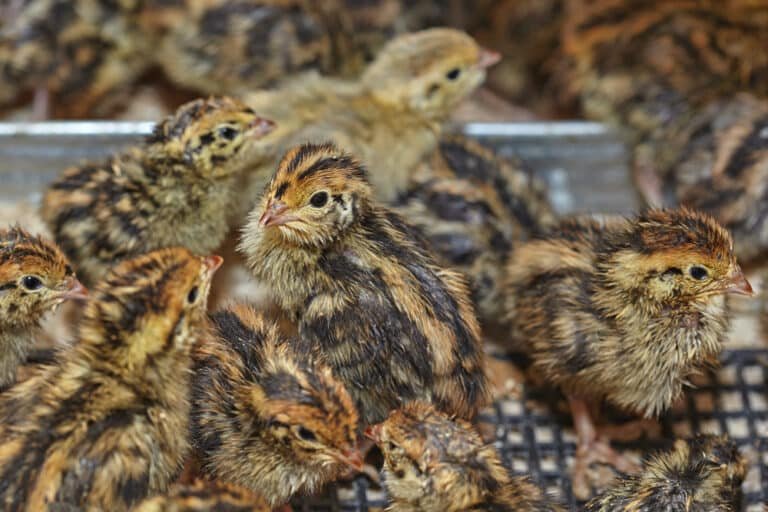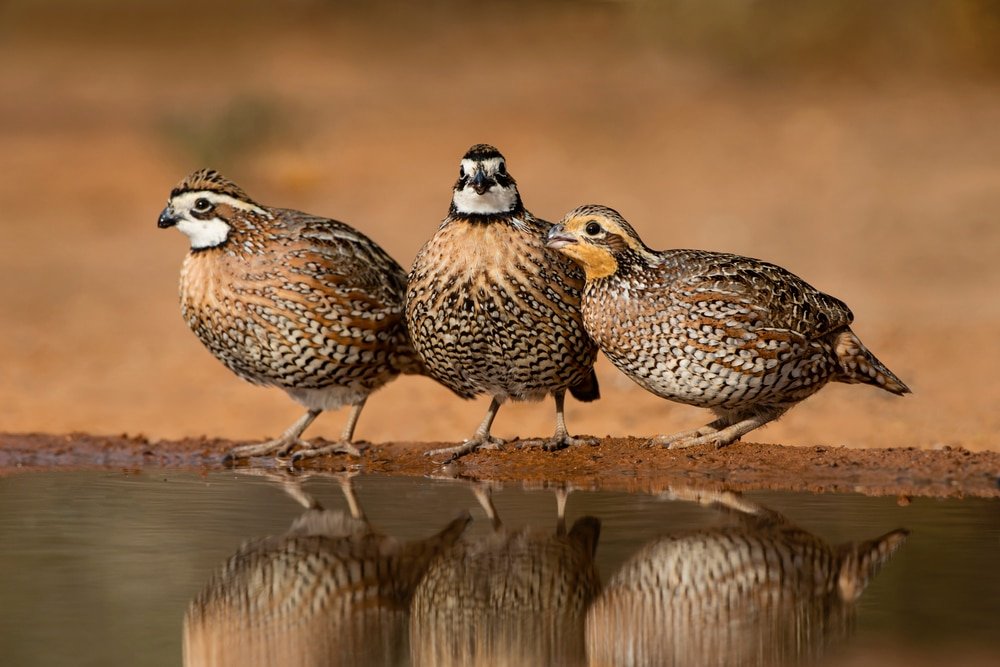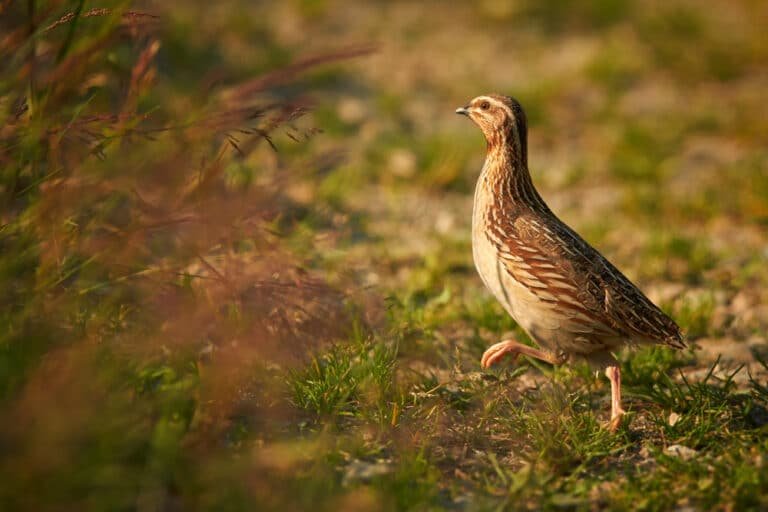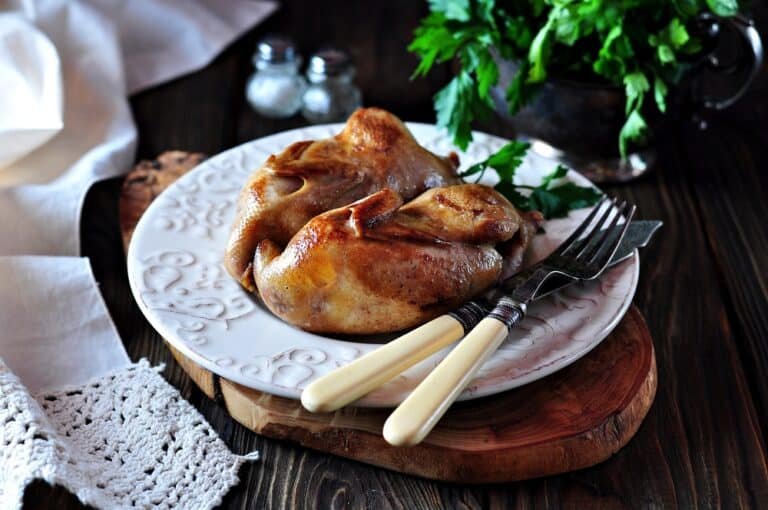Best Quail for Eggs: 5 Delicious Secrets Revealed
Picture this: a breakfast plate with a dozen perfectly fried eggs, each no bigger than a silver dollar. These aren’t chicken eggs gone wrong – they’re the prized yield of the savvy quail keeper. But which quail will fill your basket with these coveted culinary gems? Let’s crack into the best quail for eggs.
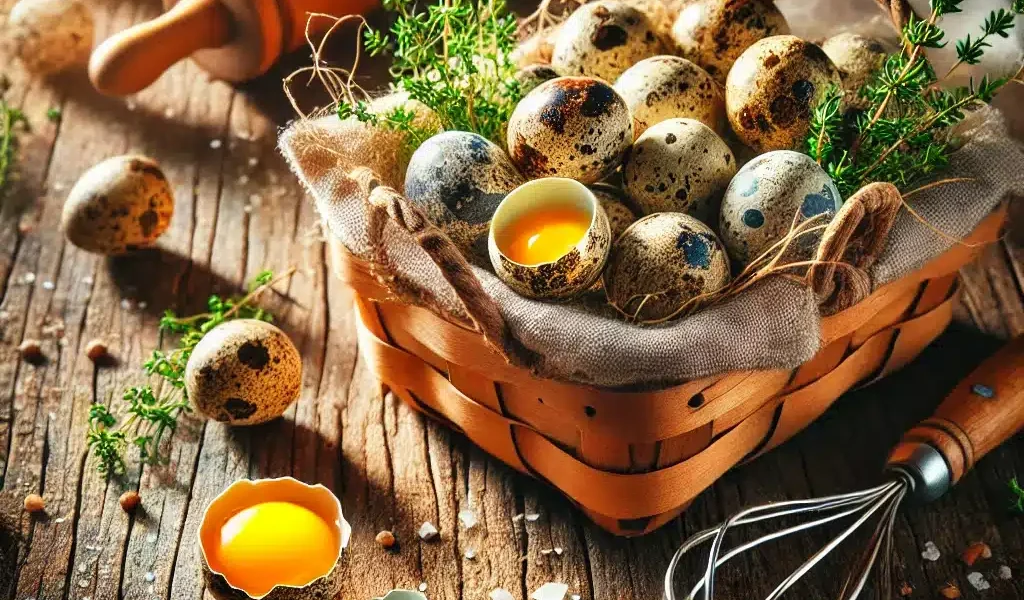
In the world of backyard poultry, quail are quickly becoming the bird of choice for egg enthusiasts. These pint-sized powerhouses offer a unique combination of efficiency, flavor, and nutrition that’s hard to beat.
Whether you’re a seasoned farmer looking to diversify or a suburban homesteader with limited space, raising quail for eggs could be your next golden opportunity.
But here’s the catch – not all quail are created equal when it comes to egg production. Choosing the right breed can mean the difference between a handful of eggs a week and a daily bounty.
In this guide, we’ll explore the best quail for eggs, helping you navigate the world of these feathered egg-laying machines.
From the prolific Coturnix to the charming Button quail, we’ll crack open the secrets of top-performing breeds. We’ll weigh factors like egg size, laying frequency, and bird temperament to help you make an informed decision.
By the end of this post, you’ll be equipped with the knowledge to select the perfect quail breed for your egg-producing dreams.
So, let’s ruffle some feathers and dive into the world of the best quail for eggs. Your journey to mini-egg mastery starts here!
Factors to Consider When Selecting Quail for Eggs
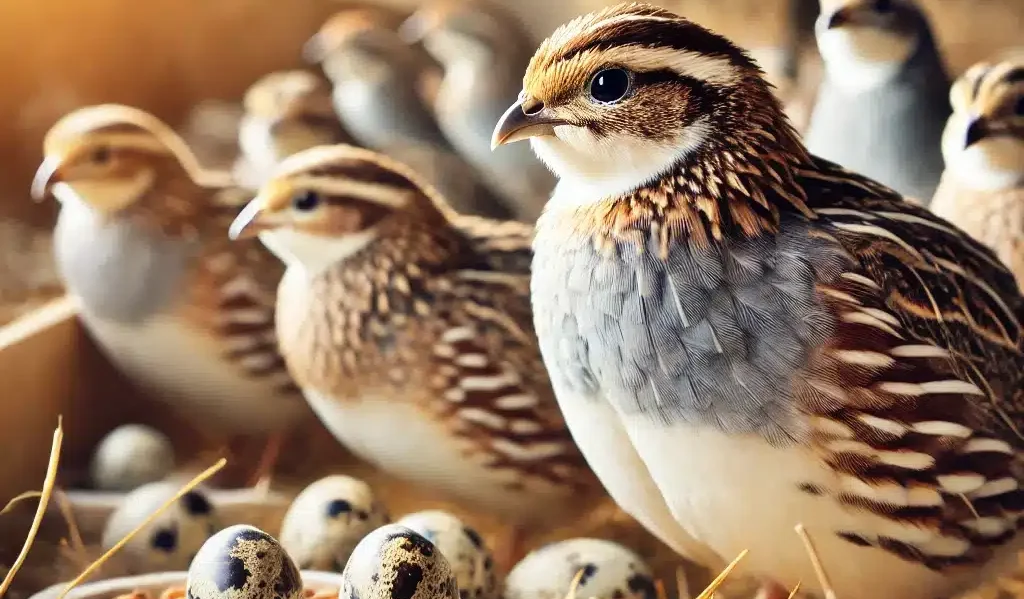
Before we dive into specific breeds, it’s crucial to understand what makes a quail variety ideal for egg production. Here are the key factors to keep in mind:
Egg Production Rate
The holy grail of egg-laying quail is a high production rate. Top breeds can lay up to 300 eggs annually, meaning you could collect eggs almost daily. When researching breeds, look for average annual egg production statistics.
Egg Size and Quality
While all quail eggs are small compared to chicken eggs, there’s still variation between breeds. Some produce barely larger eggs than a marble, while others lay eggs closer to the size of a small chicken egg. Consider your intended use – personal consumption, gourmet cooking, or selling to restaurants – when evaluating egg size.
Quail Size and Space Requirements
Quail are known for their space efficiency, but some breeds are more compact than others. Smaller breeds might be your best bet if you’re working with limited space. Remember, overcrowding can lead to stress and reduced egg production.
Temperament and Ease of Handling
Some quail breeds are naturally calmer and easier to handle, simplifying egg collection and general care. Flighty or easily stressed quail may lay fewer eggs and be more challenging to manage.
Climate Adaptability
Depending on your location, you’ll want to choose a breed that thrives in your climate. Some quail are more cold-hardy, while others do better in warmer environments. A comfortable quail is a productive quail.
By considering these factors, you’ll be better equipped to choose the quail breed that best fits your specific needs and circumstances.
Top 5 Quail Breeds for Egg Production
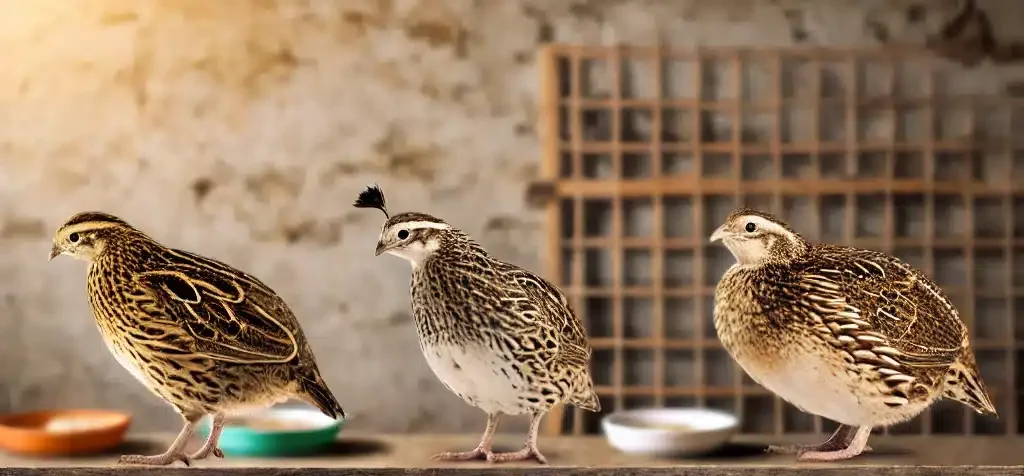
1. Coturnix Quail (Japanese Quail)

Egg production stats
- Lay 250-300 eggs per year
- Egg size: 10-12 grams
Pros
- Exceptionally high egg production
- Early maturity (start laying at 6-8 weeks)
- Adaptable to various climates
- Quiet and suitable for urban settings
Cons
- Less cold-hardy than some breeds
- Can be flighty if not handled regularly
2. Bobwhite Quail

Egg production stats
- Lay 80-100 eggs per year
- Egg size: 8-10 grams
Pros
- Hardy and adaptable to various climates
- Eggs and meat are popular in culinary circles
- Calm temperament, easier to handle
Cons
- Lower egg production compared to Coturnix
- Require more space than some other breeds
3. Button Quail

Egg production stats
- Lay 70-100 eggs per year
- Egg size: 5-6 grams
Pros
- Extremely small size, perfect for limited spaces
- Quiet and gentle, suitable for beginners
- Decorative and often kept as pets
Cons
- Very small eggs, less practical for culinary use
- Lower egg production than Coturnix
4. Gambel’s Quail

Egg production stats
- Lay 60-80 eggs per year
- Egg size: 9-11 grams
Pros
- Well-adapted to hot, dry climates
- Attractive appearance with distinctive plumage
- Eggs have a rich, gamey flavor
Cons
- Lower egg production than some other breeds
- It can be more challenging to raise in captivity
5. California Quail

Egg production stats
- Lay 60-80 eggs per year
- Egg size: 9-11 grams
Pros
- Adaptable to various climates
- Attractive appearance, popular for ornamental purposes
- Relatively calm temperament
Cons
- Lower egg production compared to Coturnix
- It may require more space and environmental enrichment
This section overviews the top 5 quail breeds for egg production, highlighting their egg-laying capabilities and other relevant characteristics. The Coturnix Quail stands out as the most prolific layer, but each breed has its unique advantages.
Setting Up Your Quail Egg Production
Once you’ve chosen the best quail breed for your needs, it’s time to set up an environment that will maximize egg production. Here’s what you need to consider:
Housing Requirements
- Space: Most breeds require 1 square foot per bird. Coturnix quail can manage with slightly less, while larger breeds like Bobwhite may need more.
- Caging: Wire cages with 1/4- to 1/2-inch mesh are ideal. This prevents escape and protects the animal from predators.
- Flooring: Sloped floors help eggs roll to a collection area and clean the living space.
- Nesting areas: While not always necessary, some dark, secluded spots can encourage laying.
Feeding for Optimal Egg Production
- High-quality feed: Use a game bird feed with 20-24% protein content.
- Calcium supplements: Crushed oyster shells or similar calcium sources are crucial for strong eggshells.
- Freshwater: Always provide clean, fresh water. Consider nipple drinkers to keep it uncontaminated.
- Treats: Offer leafy greens and insects in moderation for variety and added nutrition.
Lighting and Its Effect on Laying
- Duration: Aim for 14-16 hours of light daily to stimulate egg production.
- Intensity: Use 25-40-watt bulbs or equivalent LED lights.
- Natural vs. artificial: While natural light is beneficial, supplemental lighting helps maintain consistent laying through shorter winter days.
Temperature Control
- Ideal range: Most quail breeds thrive in temperatures between 55°F and 75°F (13°C to 24°C).
- Heating: Provide heat lamps or heating panels for colder climates.
- Ventilation: Ensure good airflow to prevent humidity build-up and maintain air quality.
By carefully managing these aspects of your quail setup, you’ll create an environment conducive to consistent and high-quality egg production. Remember, happy and healthy quail are productive quail!
Collecting and Storing Quail Eggs
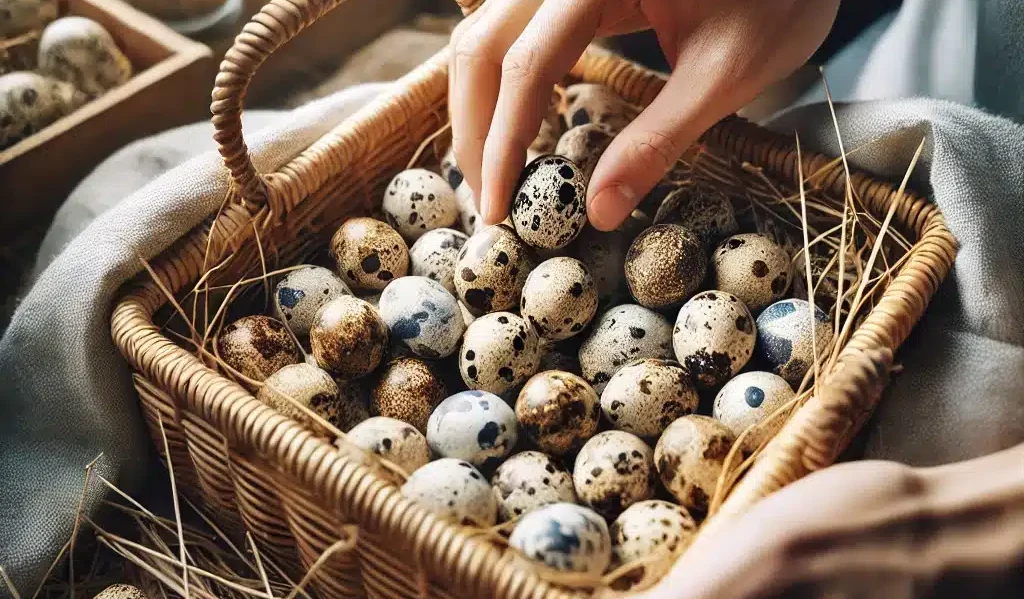
Proper collection and storage practices are crucial for maintaining the quality and safety of your quail eggs. Here’s what you need to know:
Frequency of Collection
- Daily collection: Ideally, collect eggs at least once daily to ensure freshness and cleanliness.
- Multiple collections: In warmer weather or with highly productive breeds, consider collecting 2-3 times a day to prevent eggs from becoming dirty or damaged.
- Consistent timing: Try to collect simultaneously each day to minimize stress on the birds.
Proper Storage Techniques
- Cleaning:
- Gently brush off any dirt or debris. Avoid washing unless necessary, as this can remove the natural protective coating.
- If washing is required, use water slightly warmer than the egg temperature and dry immediately.
- Temperature:
- Store eggs in the refrigerator at 35-40°F (1.7-4.4°C).
- Avoid temperature fluctuations, which can lead to condensation and potential bacterial growth.
- Positioning:
- Store eggs with the pointy end down to keep the yolk centered and the air cell intact.
- Use egg cartons or specialized quail egg containers to prevent rolling and breakage.
- Humidity:
- Aim for a relative humidity of 70-80% in the storage area to prevent moisture loss.
Shelf Life of Quail Eggs
- Refrigerated: Properly stored quail eggs can last 6-8 weeks in the refrigerator.
- Room temperature: If kept at a consistent cool room temperature, they may last 2-4 weeks, but refrigeration is recommended for longer storage.
- Freshness test: Perform a float test in water. Fresh eggs sink and lie flat, while older eggs stand upright or float.
Labeling and Rotation
- Date marking: Label cartons with the collection date to ensure you use the oldest eggs first.
- First In, First Out (FIFO): Rotate your stock to use older eggs before newer ones.
Special Considerations for Hatching
If you’re planning to hatch some of your quail eggs:
- Separate potential hatching eggs immediately and handle them gently to avoid disturbing the embryo.
- Store hatching eggs at a slightly higher temperature (55-65°F or 12.8-18.3°C) for no more than seven days before incubation.
By following these guidelines, you’ll ensure that your quail eggs remain fresh, safe, and delicious, whether destined for your breakfast table, a gourmet recipe, or the incubator for the next generation of quail.
Common Challenges in Quail Egg Production
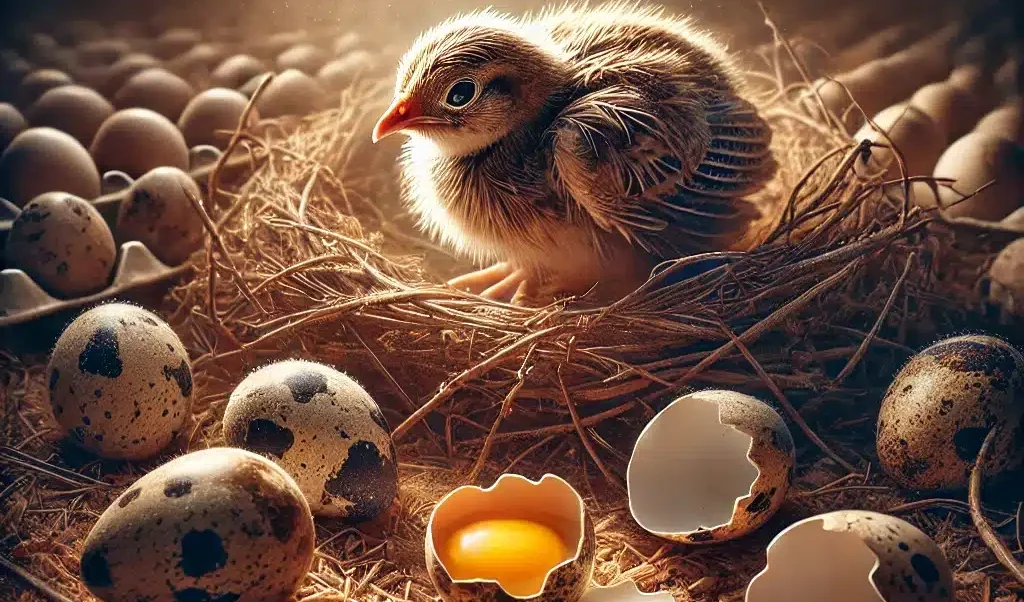
Even with the best preparation, quail keepers may encounter some obstacles. Here are some common challenges and how to address them:
Health Issues Affecting Egg Laying
- Egg binding:
- Symptoms: Lethargy, straining, swollen abdomen
- Prevention: Ensure proper calcium intake and adequate lighting
- Treatment: Warm baths, gentle massage, or veterinary intervention for severe cases
- Reproductive tract infections:
- Symptoms: Decreased egg production, abnormal eggs, lethargy
- Prevention: Maintain clean living conditions and proper nutrition
- Treatment: Often requires antibiotics prescribed by a veterinarian
- Stress-induced laying cessation:
- Causes: Overcrowding, excessive handling, predator threats, sudden changes in the environment
- Solution: Identify and remove stressors, provide hiding spots, and maintain consistent routines
Predator Protection
- Common predators: Rats, snakes, cats, birds of prey
- Prevention strategies:
- Secure housing: Use small-gauge wire mesh, bury it several inches into the ground
- Locking mechanisms: Ensure all doors and access points have predator-proof locks
- Surrounding area: Keep the area around the coop clear of tall grass and debris
- Night-time security: Close birds in a secure coop at night
Maintaining Consistent Production
- Lighting management:
- Use timers to maintain consistent day length
- Gradually adjust the lighting to mimic natural seasonal changes
- Temperature control:
- Provide adequate heating in winter and cooling in summer
- Avoid sudden temperature fluctuations
- Nutrition:
- Offer a consistent, high-quality diet
- Ensure fresh water is always available
- Provide calcium supplements separately from the main feed
- Flock management:
- Introduce new birds carefully to minimize stress
- Maintain appropriate male-to-female ratios (usually one male to 3-4 females)
- Replace older birds as egg production naturally declines with age
Egg Quality Issues
- Soft-shelled or shell-less eggs:
- Cause: Usually calcium deficiency or young birds just starting to lay
- Solution: Increase calcium supplementation, ensure proper lighting
- Blood spots in eggs:
- Cause: Small blood vessel ruptures during egg formation
- Solution: Usually resolves on its own, but consistent occurrence may require a veterinary check
- Misshapen eggs:
- Cause: Can be due to stress, illness, or genetic factors
- Solution: Monitor affected birds and consult a vet if persistent
By being aware of these common challenges and knowing how to address them, you’ll be better prepared to maintain a healthy, productive quail flock. Remember, prevention through proper care and management is always easier than treating problems after they occur.
Conclusion
Raising quail for egg production can be a rewarding and profitable venture, whether you’re a hobbyist or looking to start a small business. By choosing the best quail breeds for eggs, such as the prolific Coturnix or the hardy Bobwhite, you’re setting yourself up for success from the start.
Remember, the key factors in maintaining a productive quail flock include:
- Providing appropriate housing with adequate space and protection
- Offering a balanced, high-quality diet with proper calcium supplementation
- Managing lighting to optimize egg-laying cycles
- Collecting and storing eggs correctly to maintain freshness and quality
- Staying vigilant about potential health issues and predator threats
While challenges may arise, with proper knowledge and preparation, most can be overcome or prevented entirely. The joy of collecting your own fresh, nutritious quail eggs daily makes the effort well worth it.
Whether you’re cooking up gourmet dishes, selling to local restaurants, or simply enjoying the most delicious breakfast eggs you’ve ever tasted, your journey into quail egg production is sure to be an exciting one.




